TOM CRUISE'S 10 BEST MOVIES
Over the last few decades, Tom Cruise has completed five impossible missions, learned about Wapner time, driven the highway to the danger zone, and done wonders for Bob Seger’s royalty statements. Now, with Jack Reacher: Never Go Back set to hit theaters, we’re here to look back at the best-reviewed films of his career. He’s taken his share of lumps over the last few years, but for a guy with so many movies to his name, Cruise has had remarkable good luck with critics overall, and by limiting ourselves to his top 10, we found ourselves forced to exclude a number of fan favorites (sorry, War of the Worlds and Last Samurai). Still, we think you’ll find plenty of vintage Cruise on this list, culled from the years both before and after he became better known for abusing Oprah’s furniture than his acting.

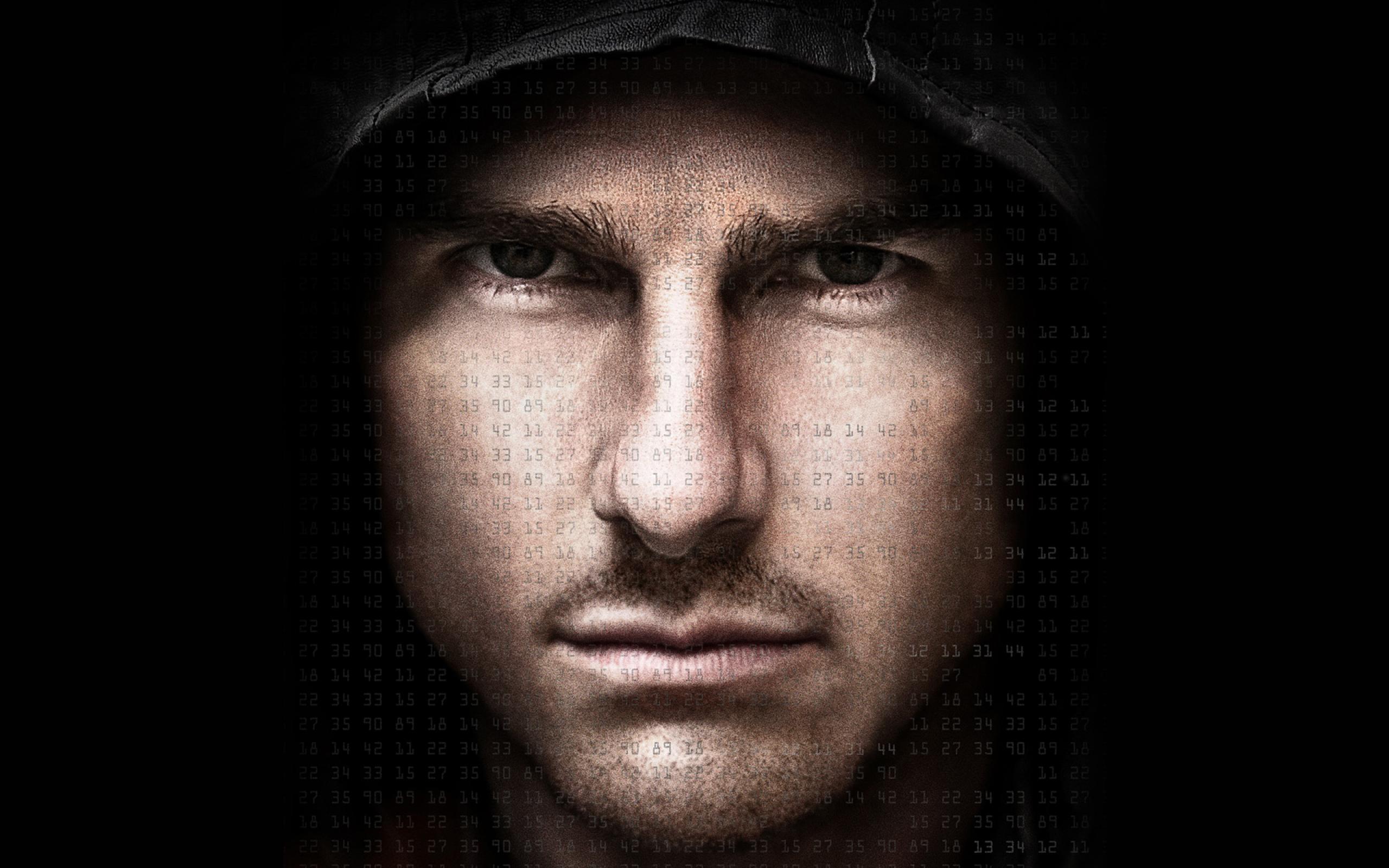
1 . RISKY BUSINESS (1983)
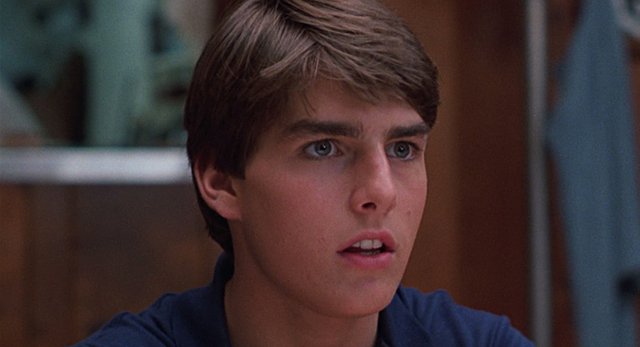
It wasn’t his first movie, but for most of us, Risky Business is Ground Zero for Tom Cruise’s superstardom — and for good reason. A number of good reasons, actually, including Paul Brickman’s intensely stylish direction, Tangerine Dream’s classic score, Rebecca De Mornay’s adolescent fantasy of a performance, and — of course — the iconic scene in which Cruise’s Joel Goodson celebrates his parents’ trip out of town by dancing around the house in his underwear. It’s been lumped in with the many T&A-fueled teen comedies of the decade, but Risky Business has a much darker heart than most, and provoked comparisons to The Graduate from none other than Roger Ebert, who called it “one of the smartest, funniest, most perceptive satires in a long time.”
2 . MISSION: IMPOSSIBLE GHOST PROTOCOL (2011)
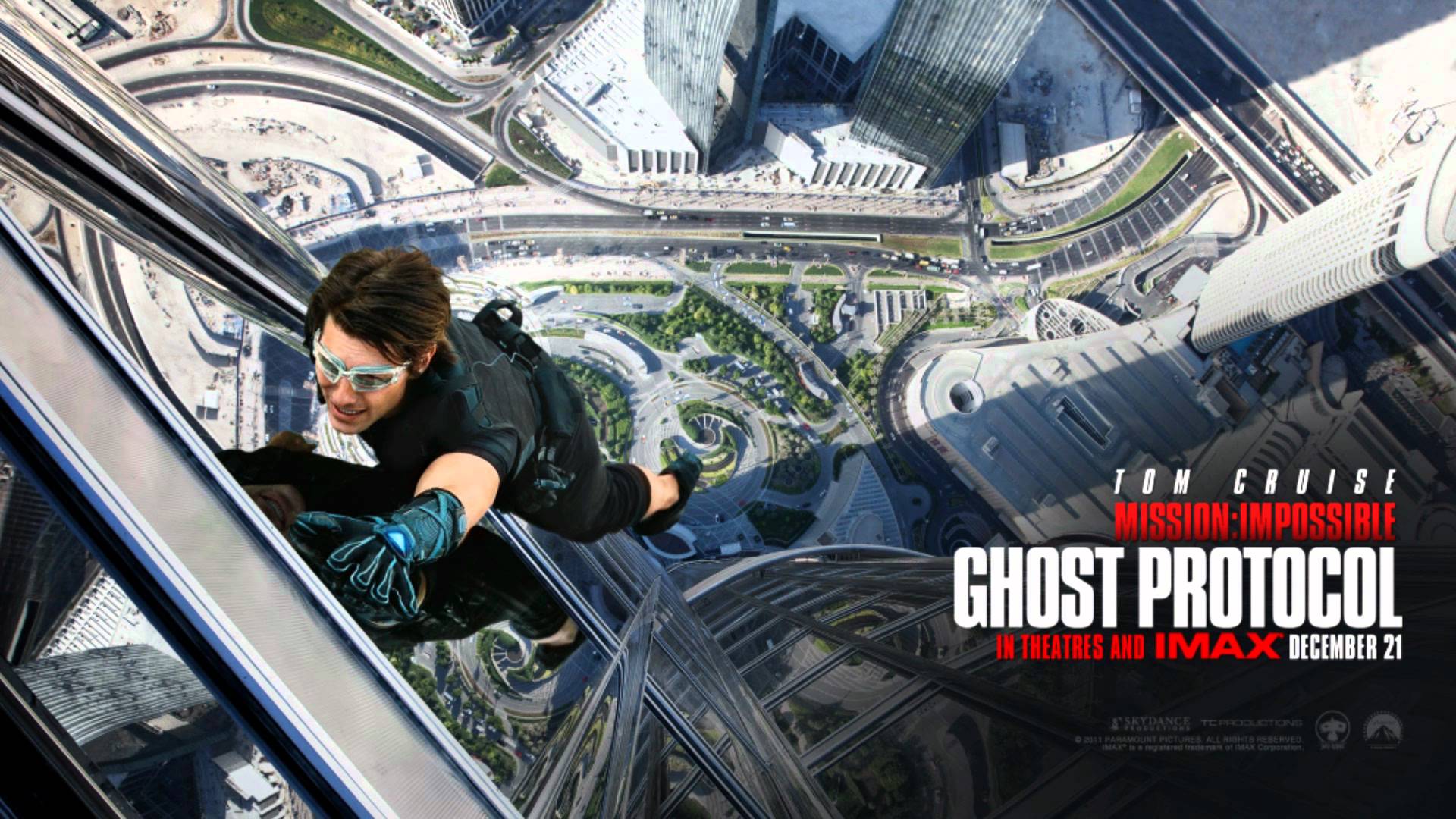
Fourth installments rarely represent critical high points for film franchises — and given that Mission: Impossible – Ghost Protocol came five years after the third movie in the series, and it was helmed by a guy mostly known for directing cartoons, the odds weren’t exactly stacked in its favor. But lo and behold, Ghost Protocol ended up being not only a hit with critics as well as audiences, it racked up the highest Tomatometer rating in the entire franchise to go with its whopping $693 million worldwide gross. “This film exists purely to dazzle and thrill,” observed NPR’s Ian Buckwalter, “and by that measure, it delivers expertly, never lagging despite a lengthy 133-minute running time.”
3 . MISSION: IMPOSSIBLE ROGUE NATION (2015)
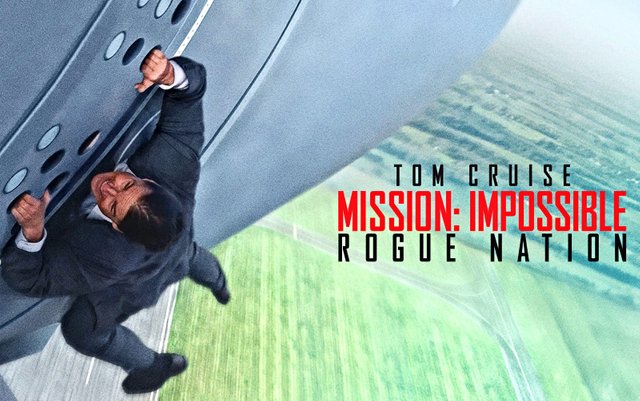
Fifth installments in film series coming up on their 20th birthdays aren’t supposed to match franchise marks for box office and/or critical success — and stars who are over 50 aren’t supposed to handle their own stunts, especially when that involves actually hanging off the side of a moving airplane. Yet both of those unlikely events came to pass with the release of 2015’s Mission: Impossible — Rogue Nation, which put longtime Cruise collaborator Christopher McQuarrie in charge of the M:I machine and delivered more than two hours of white-knuckle thrills that started with its star clinging to the side of an Airbus at 1,000 feet and somehow managed to keep going from there. “It’s full of attractive people, gorgeous locations, loathsome bad guys and a pounding score that ties it all together,” wrote Stephen Whitty for the New York Daily News. “This is what the Fast and Furious movies want to be, and the Bond pictures used to.”
4 . LIVE DIE REPEAT: EDGE OF TOMORROW (2014)
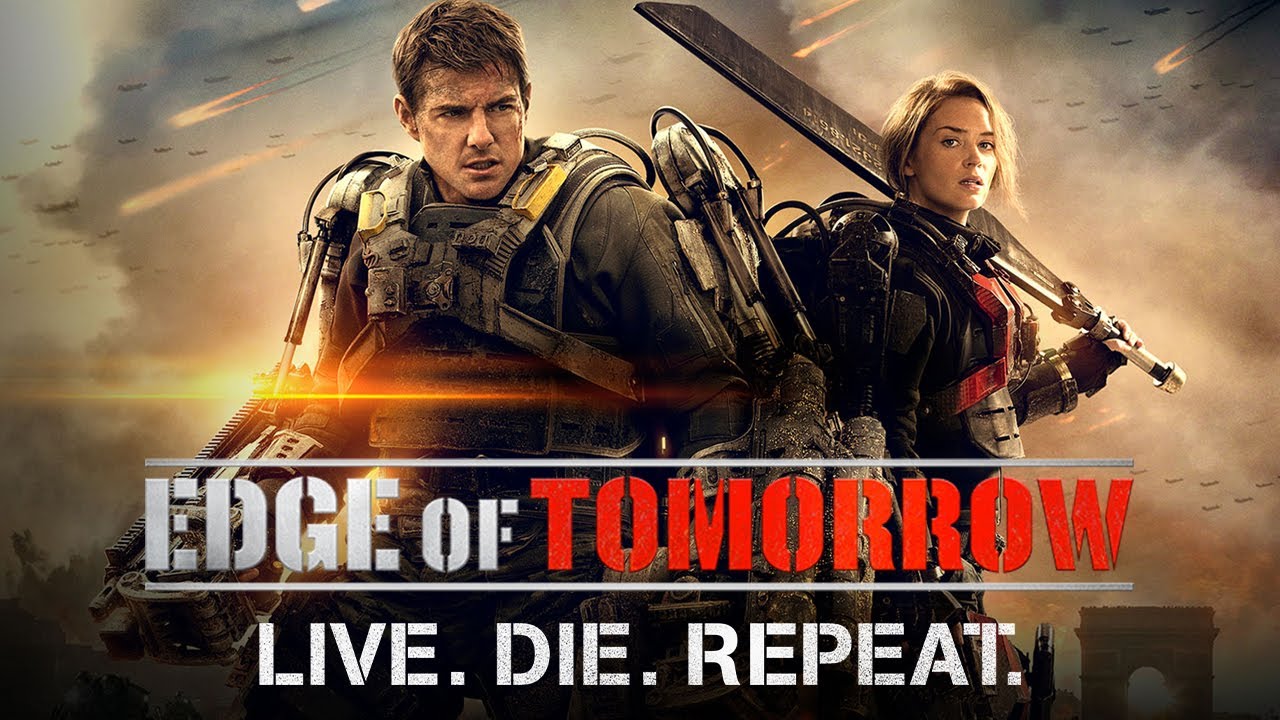
Plenty of action movies have been compared to video games, and usually, it isn’t a compliment. Doug Liman’s Edge of Tomorrow offers a nifty exception to the rule, taking your standard tale of a nebbishy Army major (Tom Cruise) dropped into catastrophic combat against an unbeatable alien invasion and injecting the old genre tropes with a potent dose of, well, playability, by adding a narrative wrinkle that leaves Cruise’s William Cage endowed with the ability to keep “restarting” after death — just like Bill “Mad Dog” Rizer and Lance “Scorpion” Bean after you pressed up up down down left right left right B A. Liman, working from a screenplay inspired by Hiroshi Sakurazaka’s novel All You Need Is Kill, anchors this nifty gimmick with a battery of killer set pieces — and the whole thing benefits immeasurably from the work of Cruise and Emily Blunt, who invest what could have been stock characters with genuine humanity. “It’d be easy to dismiss Edge of Tomorrow as just another blunt-force summer movie,” cautioned Film.com’s James Rocchi, “but it’s sharp as a scalpel in the deft hands of its makers, with the kind of smarts, wit, filmmaking and force too many other summer films can only dream of.”
5 . MINORITY REPORT (2002)
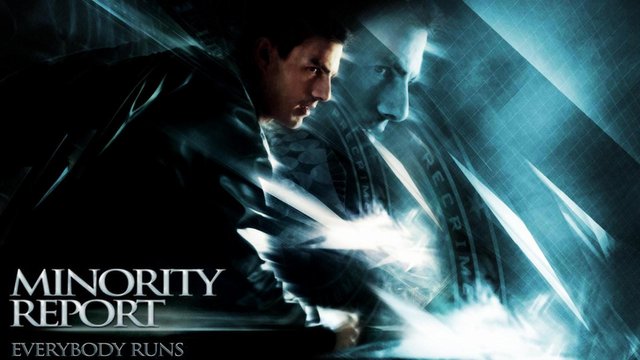
Originally conceived as a sequel to the (similarily Philip K. Dick-inspired) Total Recall, Minority Report endured years of developmental twists and turns — including the loss of a supporting cast that originally would have included Meryl Streep, Matt Damon, and Cate Blanchett — before finally landing in theaters in 2002. Typical for a Dick story, Report raises some interesting questions about the ethical implications of untrammelled technology, and its dystopian view — not to mention the dense, thorny plot — represented something of an evolution for a director and star whose early work is synonymous with the sunny Technicolor vistas of the big-budget ’80s. More importantly for Fox and DreamWorks’ shareholders, it represented an unqualified commercial and critical success, raking in over $350 million in worldwide grosses and glowing reviews from the likes of FilmStew’s Todd Gilchrist, who deemed it “a film for the critical cognoscenti as much as it is for the Goober-munching masses.”
6 . RAIN MAN (1988)
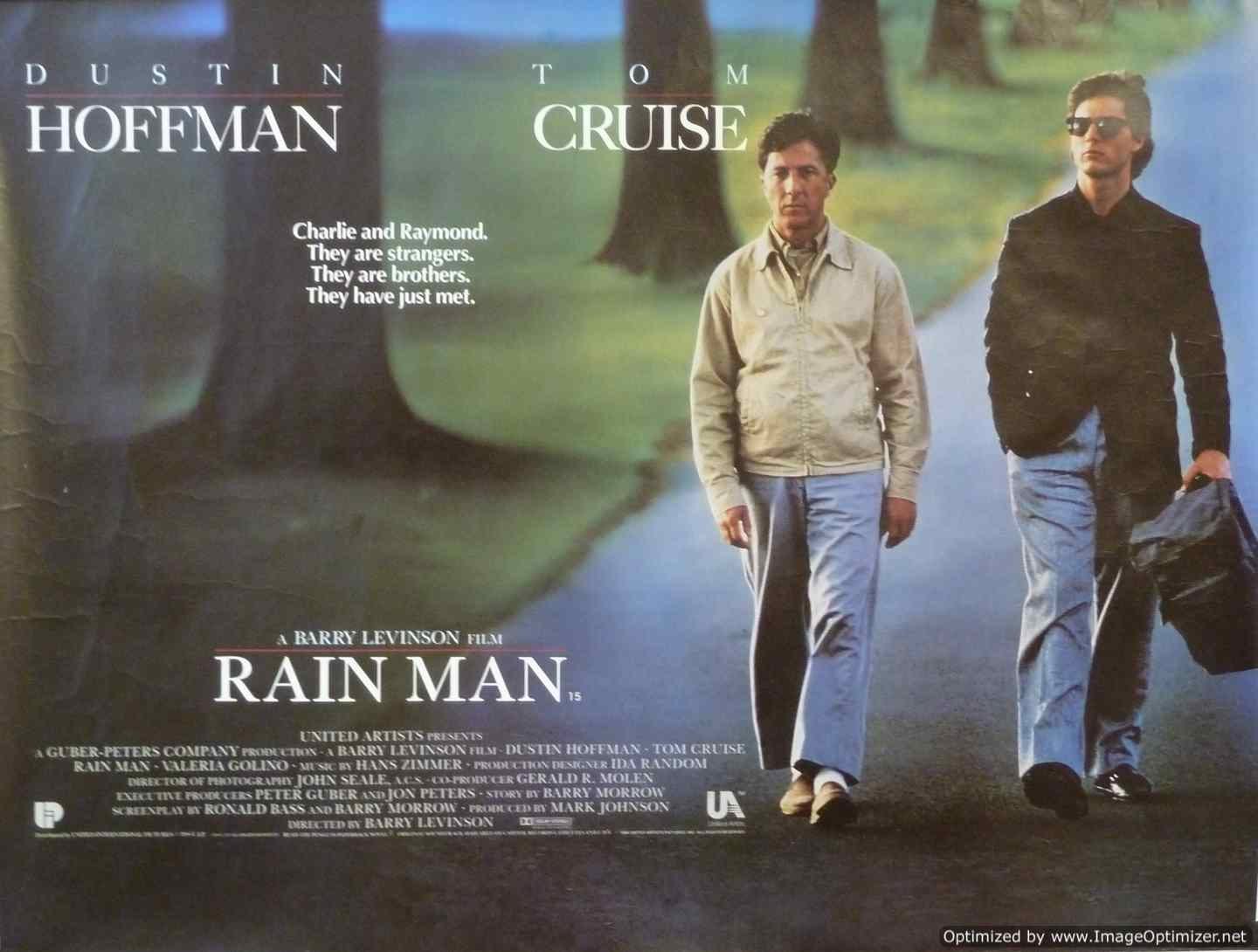
Two years after sharing the screen with Paul Newman, Cruise lined up alongside another acting legend when he shared top billing with Dustin Hoffman in Barry Levinson’s Rain Man. Though the character of Charlie Babbitt sent Cruise on a by-now familiar path — cocky, shallow ne’er-do-well undergoes life-altering experience, becomes real person — the whole thing is pulled together with such perfectly lovely old-school filmmaking flair that audiences (and most critics) were powerless to resist. It was Hoffman’s work as the autistic Raymond Babbitt that got most of the attention, but his co-star won positive notices of his own, from critics such as the Chicago Reader’s Jonathan Rosenbaum, who said it was “nice to see Cruise working for a change in a context that isn’t determined by hard sell and hype.”
7 . BORN ON THE FOURTH OF JULY (1989)
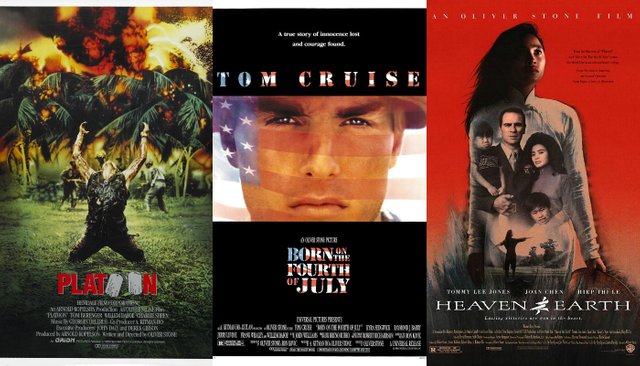
He earned positive reviews for his role in Rain Man (more on that later), but to many scribes, the Tom Cruise of the late 1980s was little more than the pretty face out in front of critically savaged hits like Cocktail — likable under the right circumstances, but lacking real depth. He’d go on to reinforce their assumptions a year later with Days of Thunder, but with 1989’s Born on the Fourth of July, Cruise shocked his naysayers by delivering the most harrowing performance to that point in his career, committing so deeply to his portrayal of paralyzed Vietnam vet Ron Kovic that, according to director Oliver Stone, he came close to injecting himself with a solution that would have incurred temporary paralysis. Not all critics loved Fourth of July, but those who found fault with the film generally took issue with Stone’s direction — Cruise’s work received almost universal raves; Emanuel Levy, for instance, referred to it as “one of his most powerful dramatic performances,” and the Variety staff called it “stunning.”
8 . THE COLOR OF MONEY (1986)
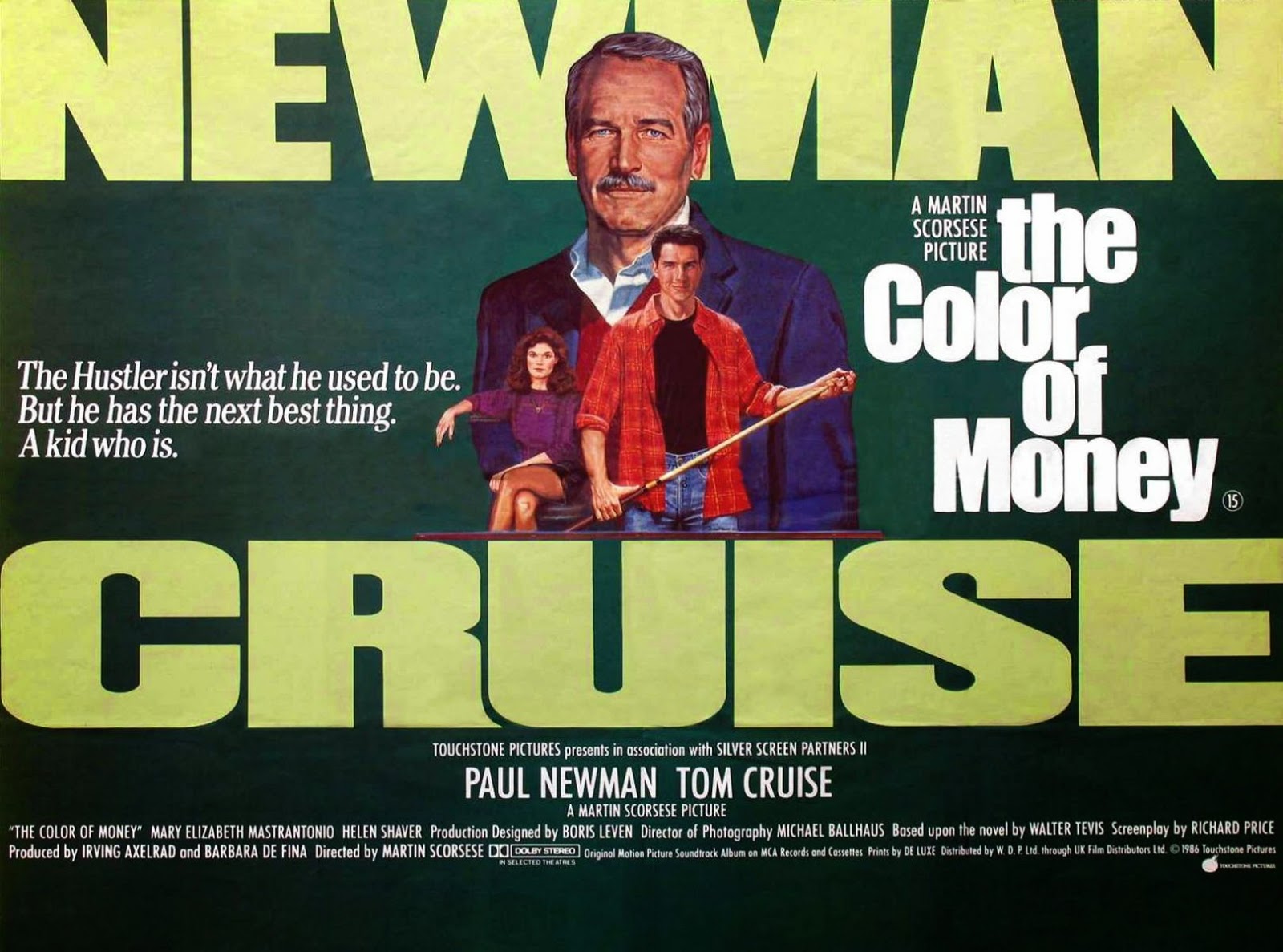
A long-after-the-fact sequel to a classic movie, only loosely based on the source material, helmed by a director who admitted to taking the project in order to secure financing for the movie he really wanted to make? The Color of Money shouldn’t have worked, but it did — in fact, it netted a handful of Oscar nominations (and gave Paul Newman a long-overdue Best Actor trophy). Despite its high Tomatometer rating, The Color of Money sparked a fair bit of critical dissention on its release, receiving two thumbs down from Siskel and Ebert, and cries of “unnecessary sequel” from others. Okay, so it isn’t The Hustler‘s equal — but few films are, and Newman brought out the best in the young, irresistibly toothy Cruise. It is, in the words of Empire Magazine’s Angie Errigo, “a joy to see two masters (Scorsese and Newman) at ease with their work, and one, Cruise, in the making.”
9 . COLLATERAL (2004)

After so many years of playing good guys (with great smiles), Cruise started to get a little restless in the late ’90s, taking risks by playing against type in films both well-received (Magnolia) and not (Vanilla Sky). It was Michael Mann’s Collateral, though, that presented perhaps the most intriguing new facet of all: Cruise as unrepentant villain. Stuart Beattie’s script isn’t the most profound source material — something many critics were quick to point out — but Collateral‘s power comes from Mann throwing Cruise together with Jamie Foxx and framing them against some of the most beautifully filmed nighttime shots of Los Angeles ever seen. Though the action thriller had lost much of its luster by the time it was released, Collateral proved the genre could still work under the right conditions, netting Oscar and Golden Globes nominations for Fox and rave reviews from the likes of From the Balcony’s Bill Clark, who called it “one of the most compelling films of the summer.”
10 . MAGNOLIA (1999)
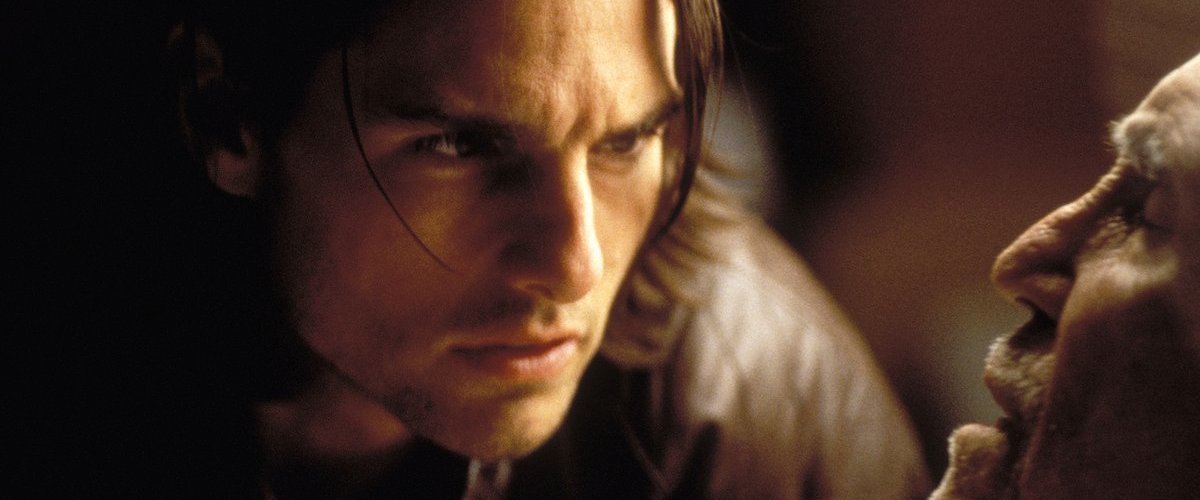
After the spectacular success of Boogie Nights, New Line gave director Paul Thomas Anderson carte blanche on his next project — and he took full advantage of it, spinning a three hour-plus yarn about the lives of various residents of the San Fernando Valley. So much serious analysis has been devoted to Magnolia that it would be foolish to try getting into it here; even a cursory synopsis would require more space than we have. Suffice it to say, then, that playing sleazy “self-help” guru Frank Mackey was the perfect way for Cruise to shake off the years he’d spent working on Stanley Kubrick’s Eyes Wide Shut — and though the movie doesn’t rest on his performance, his work here still won praise from a number of critics, such as Chris Gore of Film Threat, who referred to it as “an amazing display of acting for Tom Cruise, and one of the best films of 1999.”
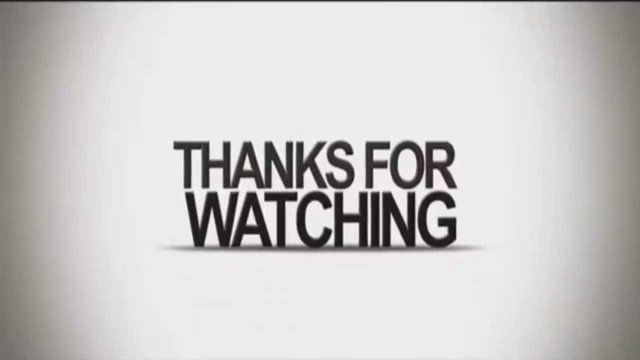
Article Source - https://editorial.rottentomatoes.com/article/tom-cruises-10-best-movies/
Image Source - https://www.pinterest.com/explore/tom-cruise-young/
I was greatly surprised at how good Edge of Tomorrow was. When Cruise is on, he's really on.
Risky Business was great! Also think that MI 4 and 5 were the best ones of the series. Loved the cheesy movie "Cocktail" too though but yeah I get that it´s not in the top ten ! ;-)
Following!